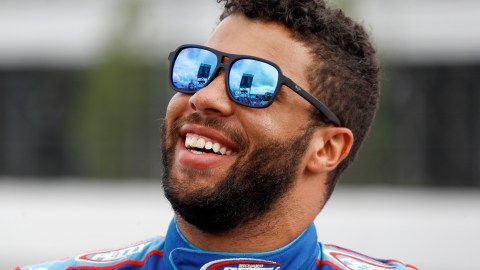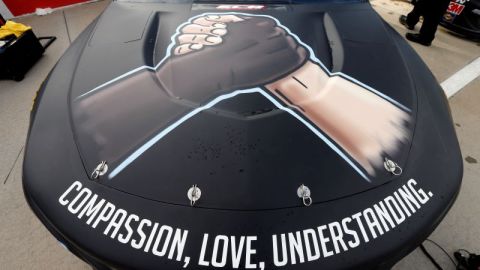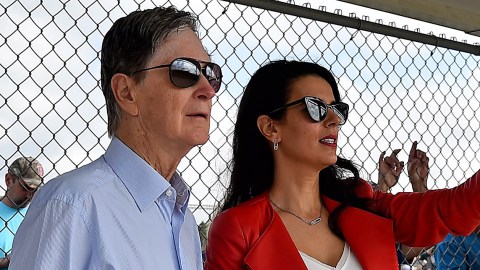The Denver Nuggets used to be so much darn fun.
Two years ago, the George Karl-led Nuggets won 57 games with the deepest roster in the NBA, led the league is scoring and offensive rebounding and played at the second-fastest pace of any team. They lost in the first round of the playoffs to the Golden State Warriors in six games, but that was beside the point.
Six Denver players averaged double figures in scoring that season, yet none more than 16.7 points per game. Three more Nuggets averaged at least eight points per game. It was simply gorgeous offensive basketball.
Now, the Nuggets are a mess.
Well, maybe a “mess” isn’t quite the right word. “Soap opera” might be more fitting. Because what Karl and then-general manager Masai Ujiri built in the Rocky Mountains has since crumbled under what appears to be, from the outside looking in, a culture of back-stabbing throughout the organization.
Brian Shaw, who took over as head coach after Karl and the Nuggets parted ways at the end of the 2012-13 season, is 55-77 in his season and a half on the Denver bench. But Shaw appears to have lost the locker room as well as on the court. He keeps taking shots at his players’ effort, saying Sunday, “I’d have more respect if the guys just told me they didn’t feel like playing from the start.” Players with long histories of professionalism have somehow fallen out of Shaw’s demanding graces, from Andre Miller to now, apparently, Jameer Nelson.
[tweet https://twitter.com/dempseypost/status/561017386677989376 align=’center’]
Meanwhile the Nuggets, once the most runningest-and-gunningest band of outlaws in the West, have fallen to 10th in points per game and 20th in offensive efficiency. They’re still high on the pace list — fourth in the league at 95.9 possessions per 48 minutes — yet they can be brutal to watch.
This isn’t a revolutionary take, obviously. When a team has lost 11 of its last 12 games and can’t even crack .500 in an underwhelming division, the coach clearly isn’t doing a great job. But what’s happened in Denver somehow goes deeper than losing, and right now it’s tough not to point a finger at Shaw.
Other loose balls from around the NBA:
— LaMarcus Aldridge might depart the Portland Trail Blazers as a free agent this summer, but he probably won’t be able to hitchhike his way out of town.
The All-Star big man is playing with a torn ligament in his left thumb, an injury that was expected to keep him out six to eight weeks. Instead, with the Blazers battling for home-court advantage in the first round of the Western Conference playoffs, Aldridge is playing on.
Since opting to delay surgery on his thumb, Aldridge has averaged 28.2 points per game and shot 50.4 percent from the floor. It’s been a mixed blessing for the Blazers, though, who have lost three of those five games. What Aldridge is attempting to do is admirable, and the return of fellow big man Robin Lopez is huge, but the payoff remains to be seen.
— Gerald Wallace is a national treasure. The little-used Boston Celtics forward and diehard New England Patriots fan attended Wednesday’s Super Bowl XLIX championship rally in downtown Boston not as a guest of honor but as just another face in the crowd.
Wallace, whose professionalism has drawn raves from his coaches and teammates alike, milled among the Pats faithful. For a multi-millionaire athlete, Wallace managed to maintain a surprisingly low profile. He told the Boston Herald he was recognized by a “lot of people,” but “no autographs” were requested.
“I did take some selfies and a couple of group pictures,” he told the Herald.
The man affectionately known as “Crash” won’t be immortalized in bronze outside TD Garden anytime soon, but Wallace’s presence has quietly been one of the few genuinely enjoyable aspects of the last couple rough years on Causeway Street. Self-effacing and realistic, Wallace is the closest thing to “regular guy” there is in a professional sports locker room — if standing 6 feet, 7 inches tall and bringing home $10 million per year can ever be considered “regular.”
Thumbnail photo via Derick E. Hingle/USA TODAY Sports Images



